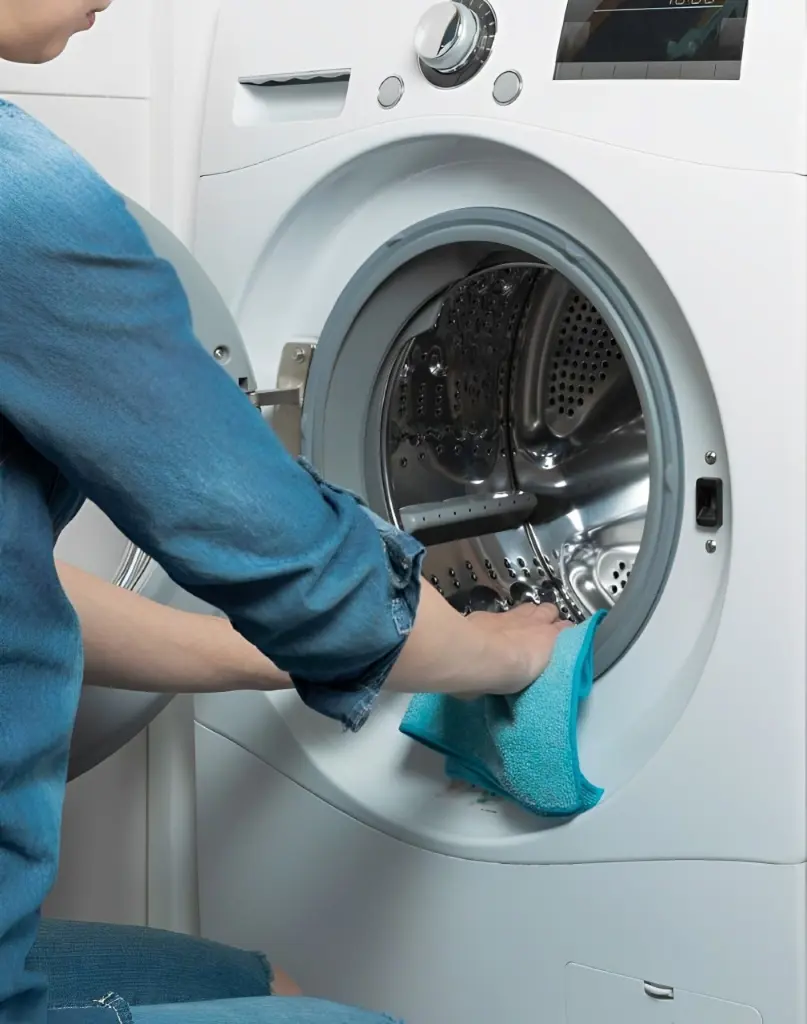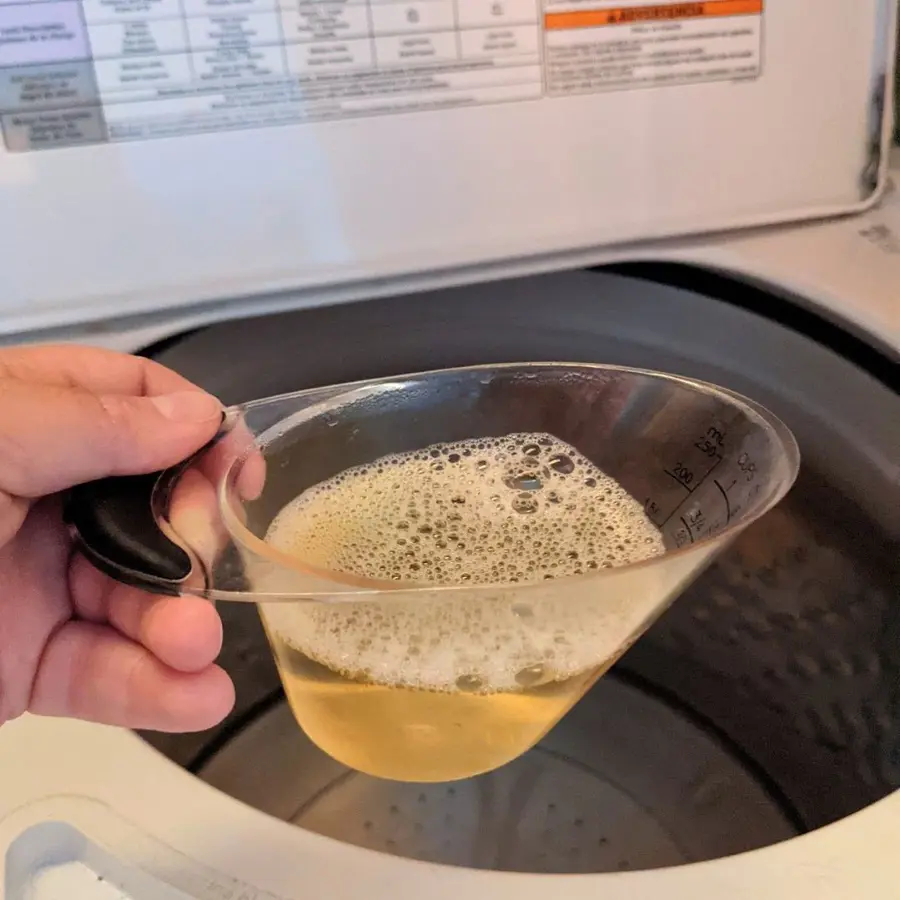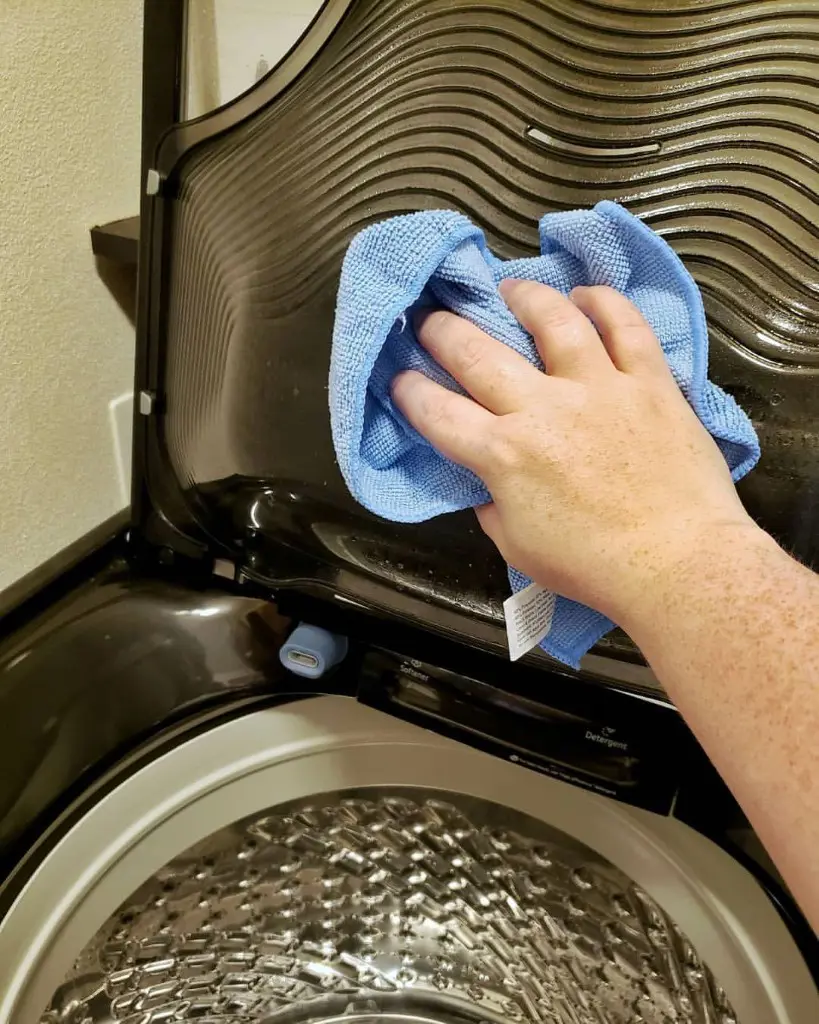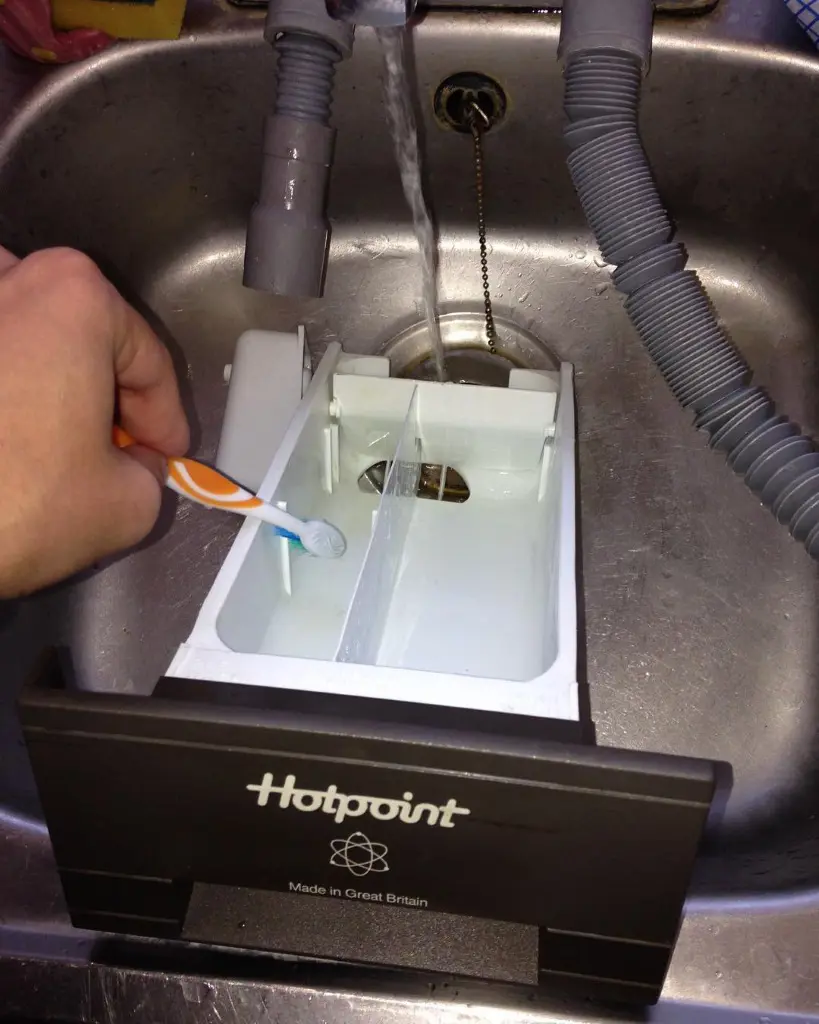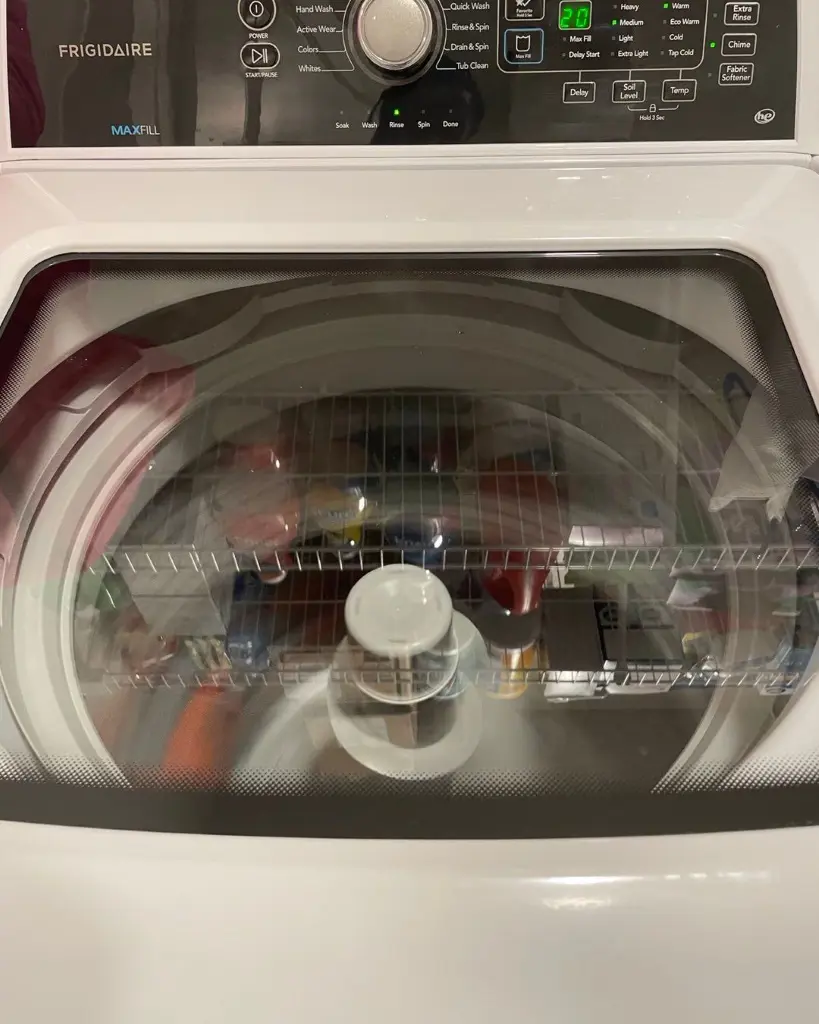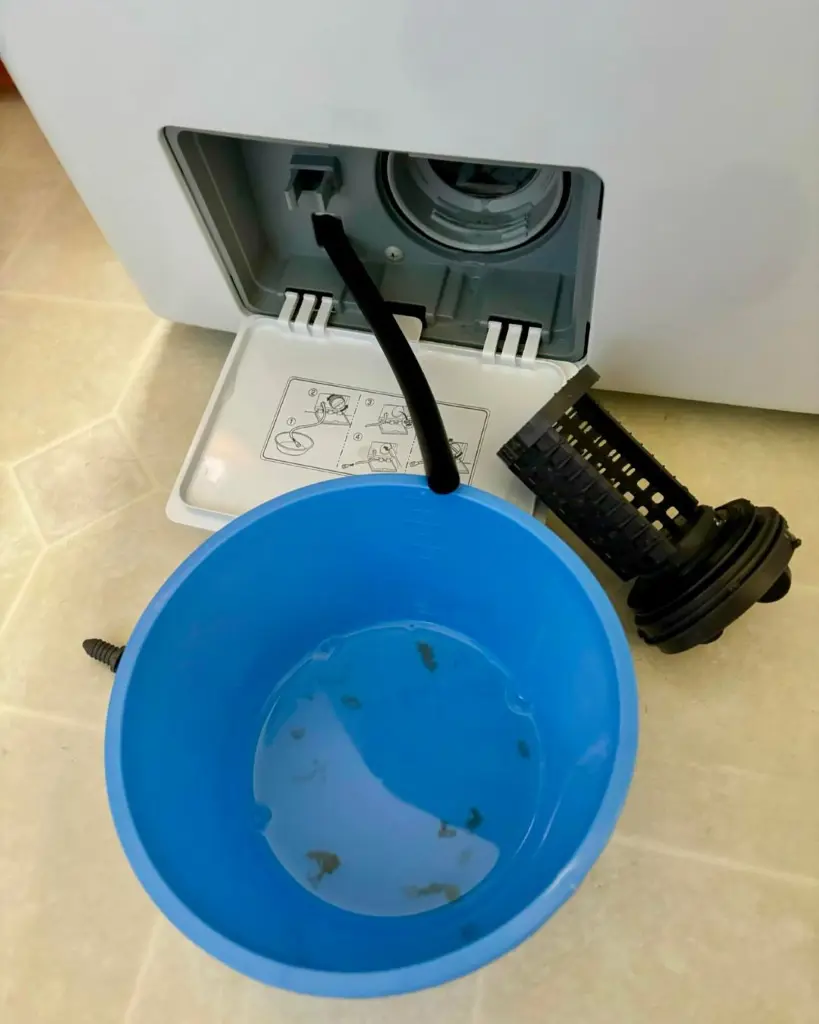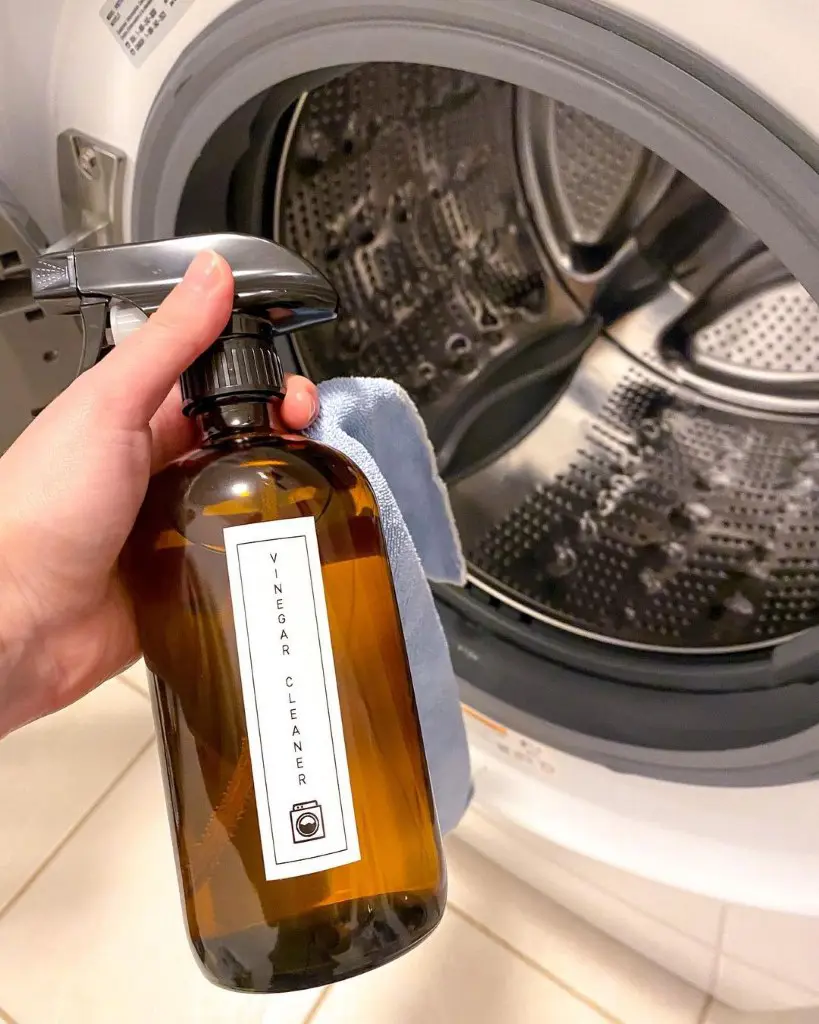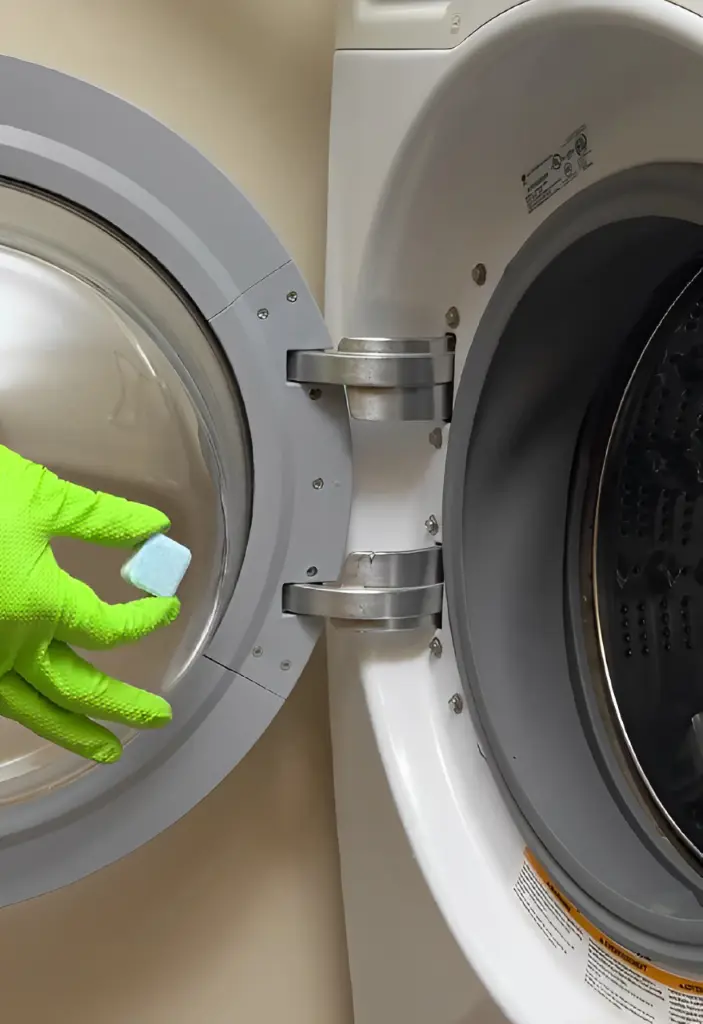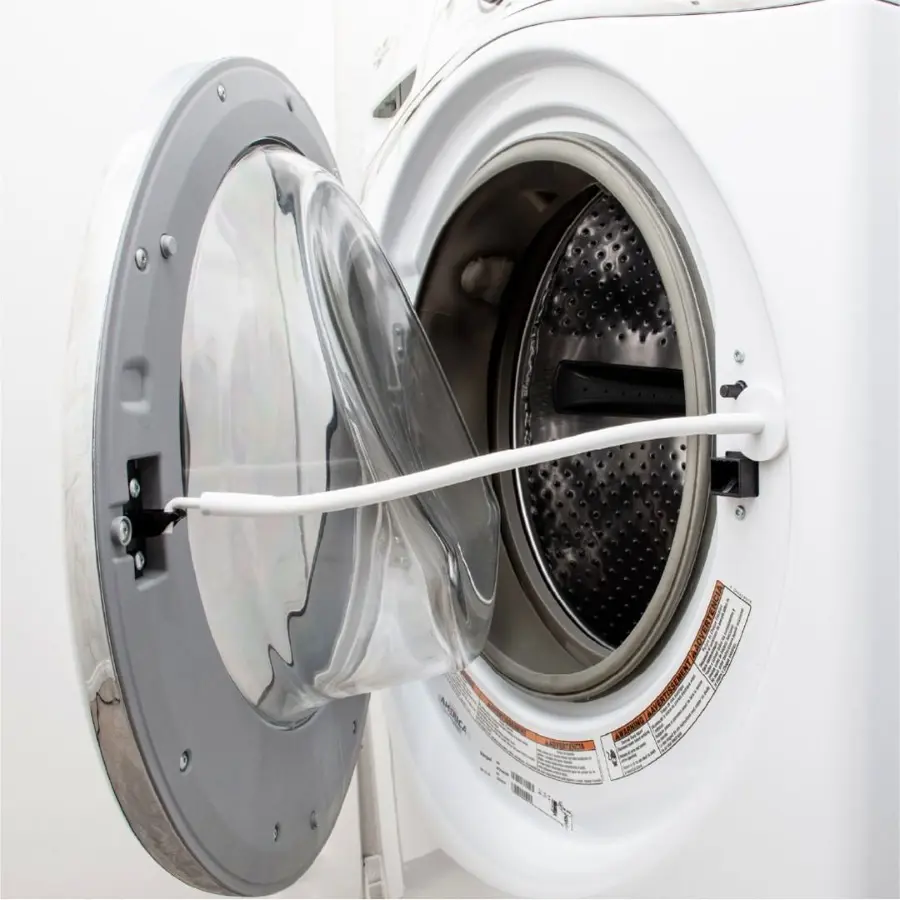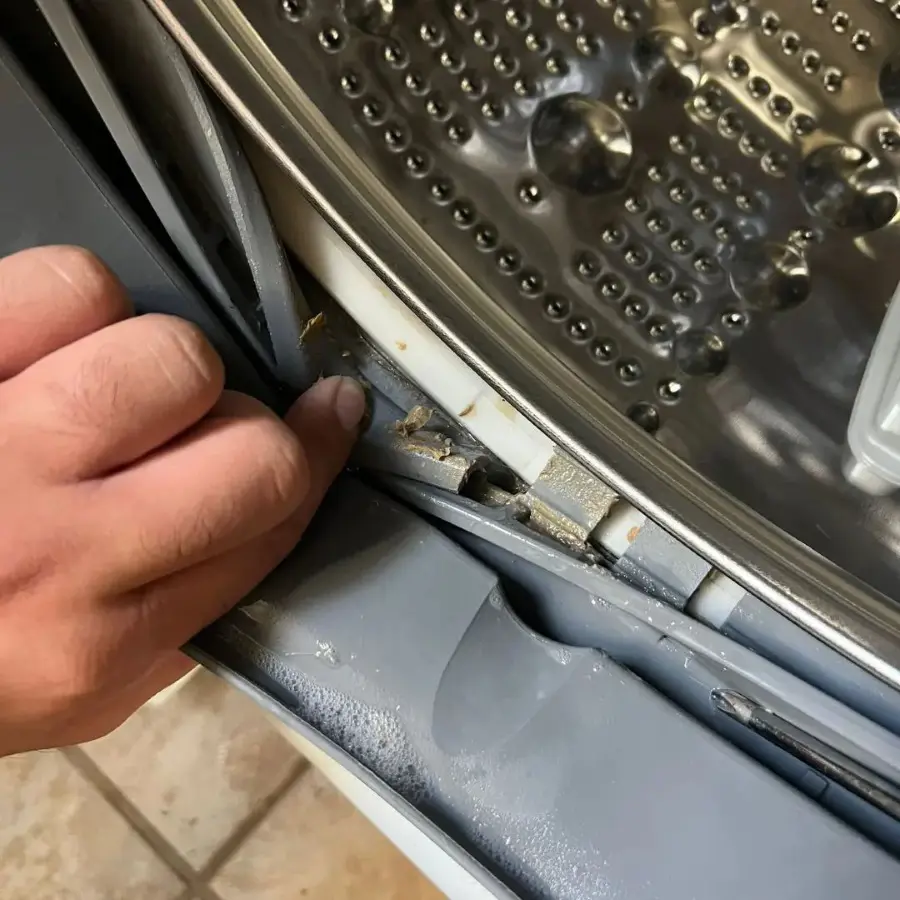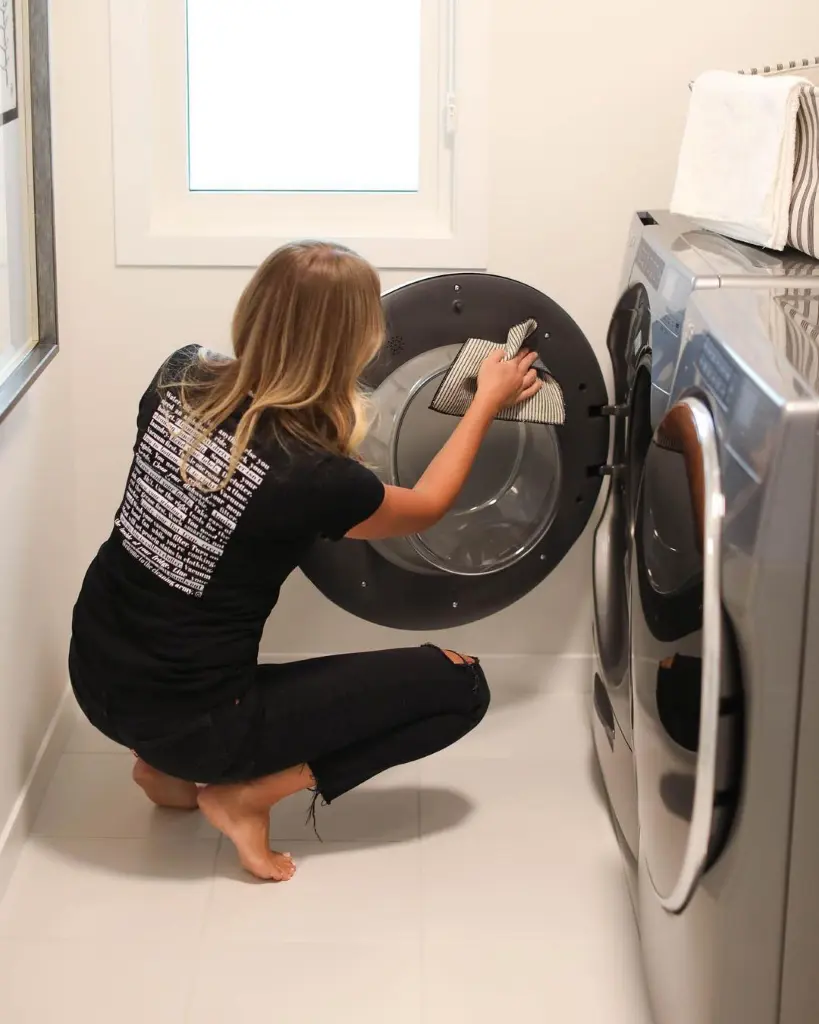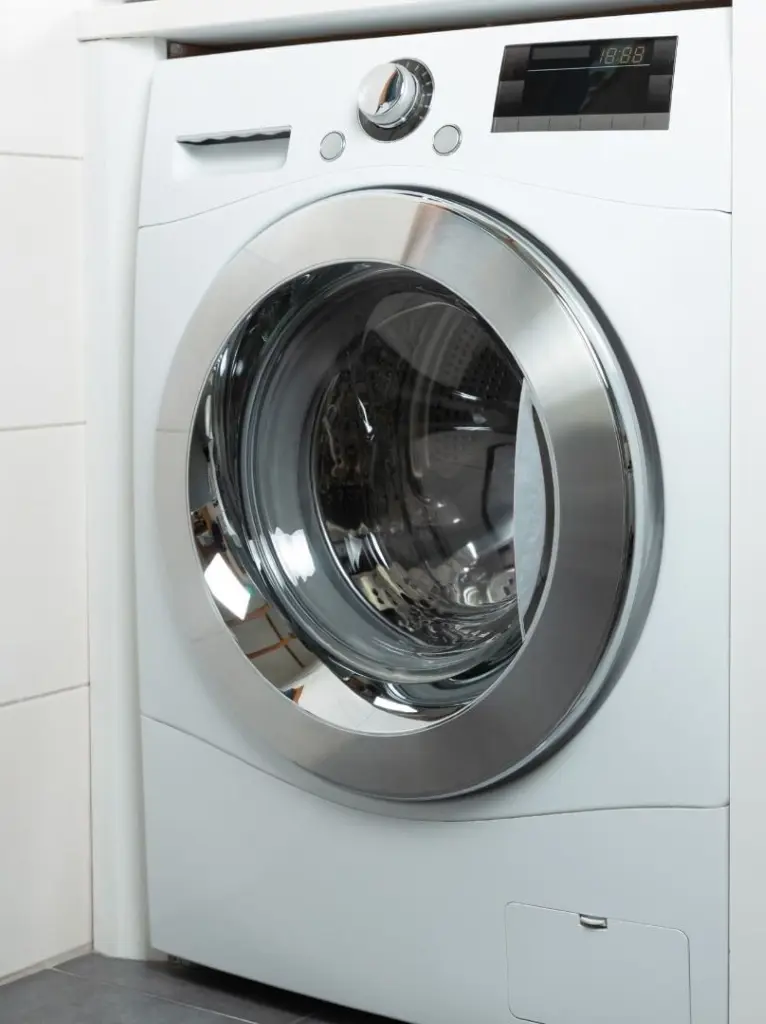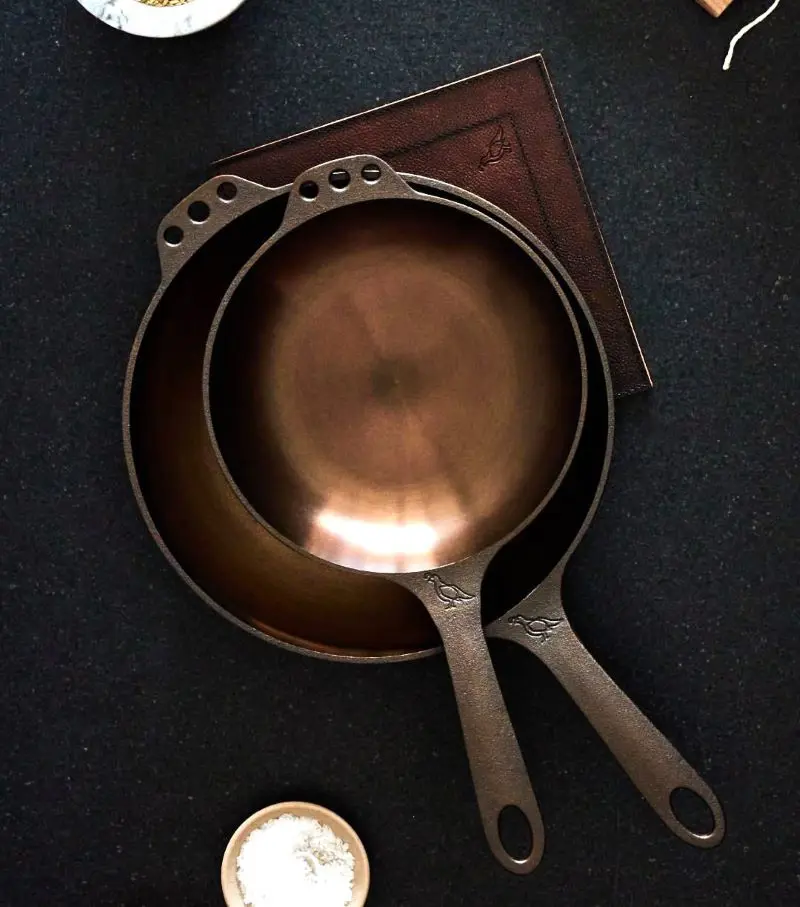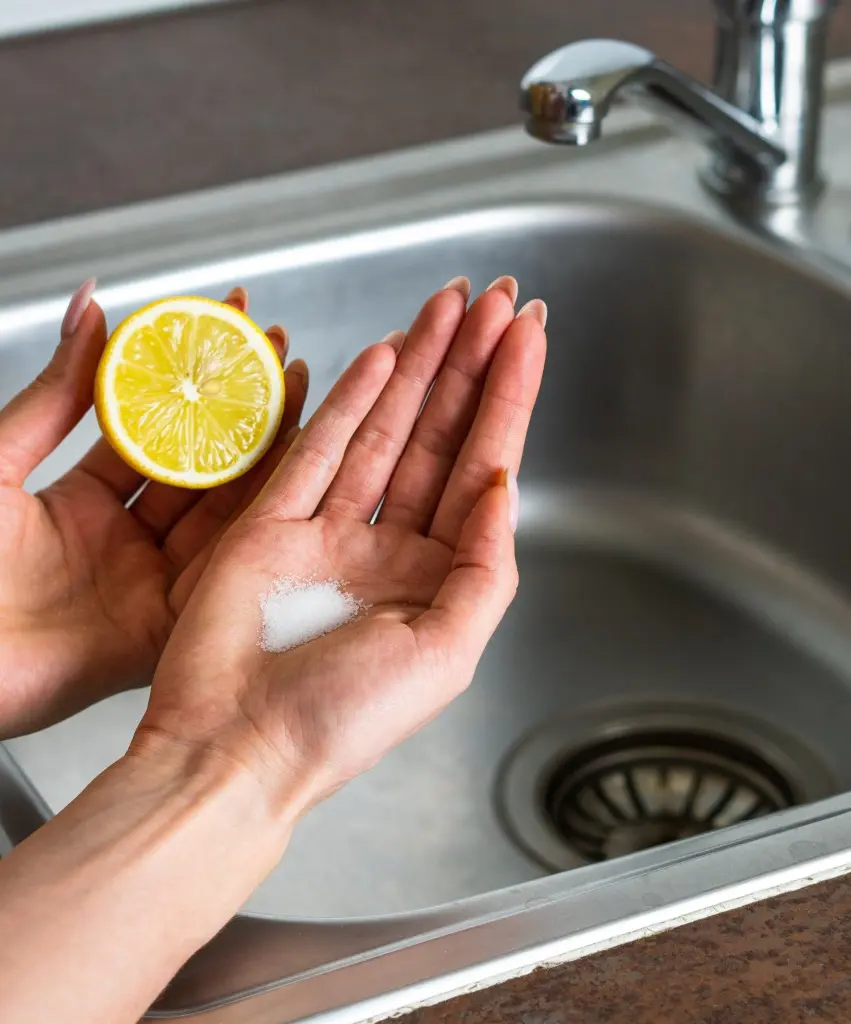Supplies Needed
A clean washing machine prevents odors and helps clothes stay fresh. Regular maintenance requires specific cleaning supplies to achieve the best results.
- Vinegar: White distilled vinegar eliminates buildup in washing machines. Three cups of vinegar remove mineral deposits and soap residue that collect inside the drum. This natural cleaner leaves no harmful traces behind and costs less than commercial products.
- Cleaner: Washing machine cleaner tablets penetrate deep within the appliance. One tablet during a cleaning cycle removes hidden dirt and bacteria. The special formulation dissolves completely, reaching areas regular cleaning cannot.
- Baking soda: It neutralizes unwanted odors and cleans effectively. One cup added to a cycle removes stains and freshens the machine. When combined with vinegar, these natural cleaners create a powerful cleaning solution.
- All-purpose cleaner: It maintains the exterior surfaces. A small amount removes dust and marks from the outer shell. Regular exterior cleaning prevents dirt from building up on control panels and doors.
- Spray bottle: A spray bottle distributes cleaning solutions evenly. One medium bottle helps apply cleaners to specific areas. The spray nozzle reaches behind seals and into corners effectively.
- Chlorine bleach: It sanitizes the entire machine. One cup during a hot cycle removes mold and mildew. Monthly bleach cleaning maintains a hygienic environment inside the washer.
- Microfiber cloths: This cloth cleans without scratching surfaces. Three cloths provide enough coverage for thorough cleaning. The special material traps dirt particles and absorbs water efficiently.
- Large bowl: A large bowl contains cleaning solutions safely. A four-cup capacity bowl prevents spills during mixing. This container catches water when cleaning removable parts.
- Gloves: Rubber gloves protect hands from harsh cleaners. One durable pair prevents skin irritation during cleaning. These gloves maintain grip even when wet.
- Toothbrush: An old toothbrush cleans small spaces thoroughly. The bristles reach tight corners around door seals. This tool removes buildup from crevices regular cloths cannot access.
- Measuring cups: It ensure proper cleaner ratios. Different size cups help portion liquid cleaners accurately. Correct measurements prevent using too much or too little product.
- Paper towel: Paper towels dry components after cleaning. One roll handles spills and final drying tasks. These disposable sheets prevent cross-contamination between cleaning sessions.
